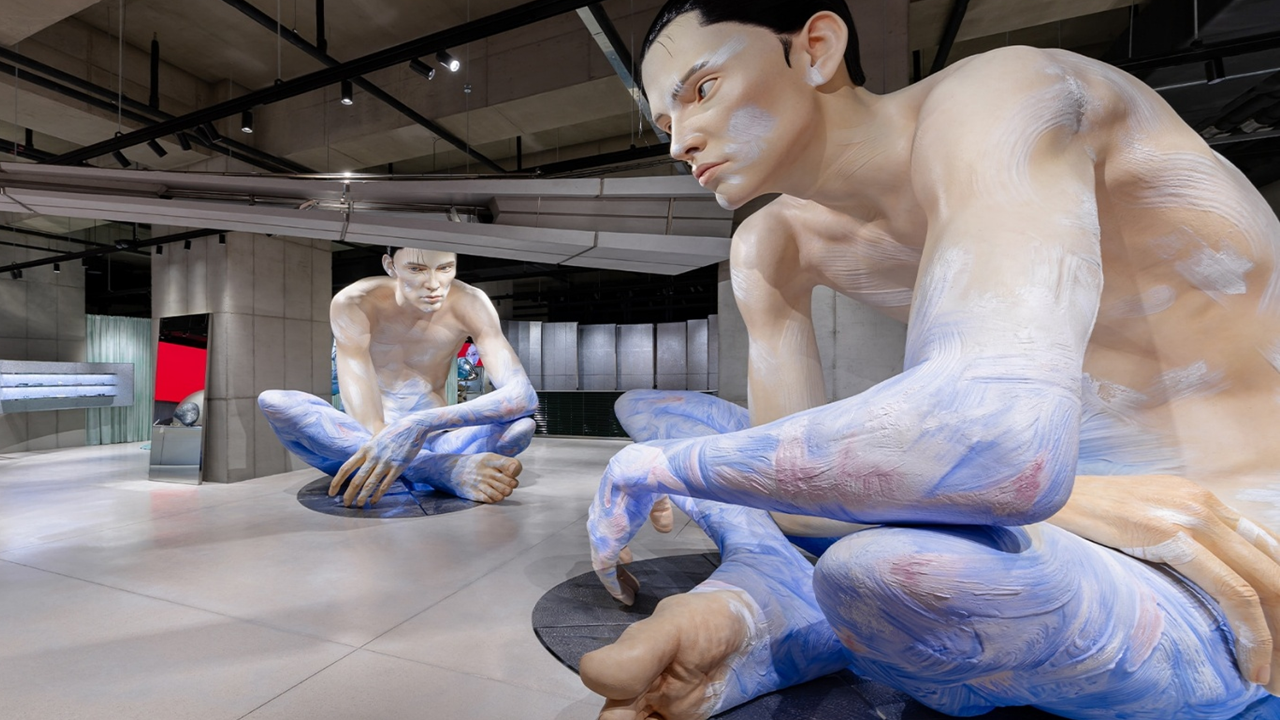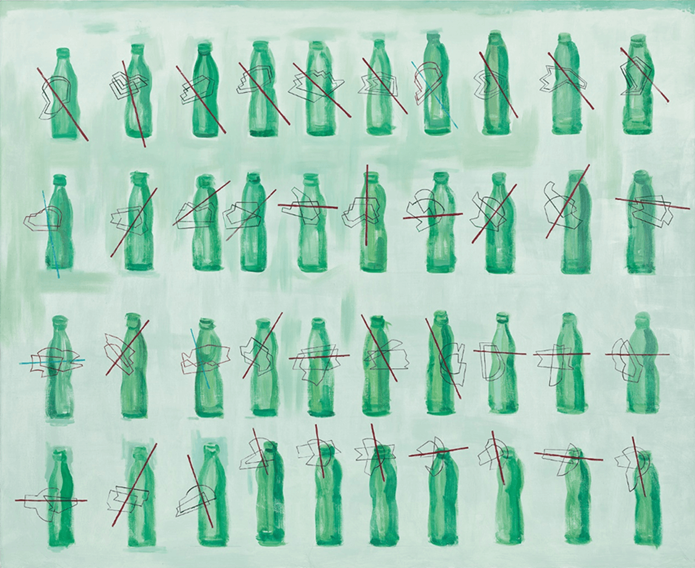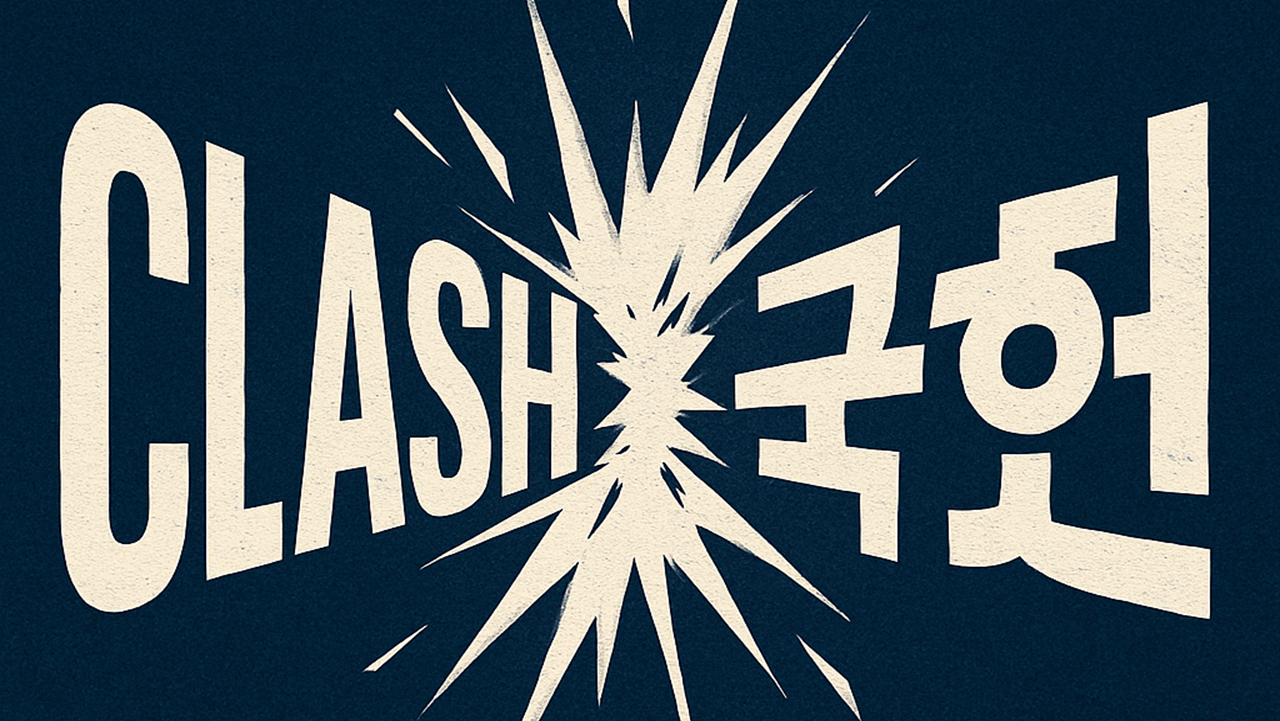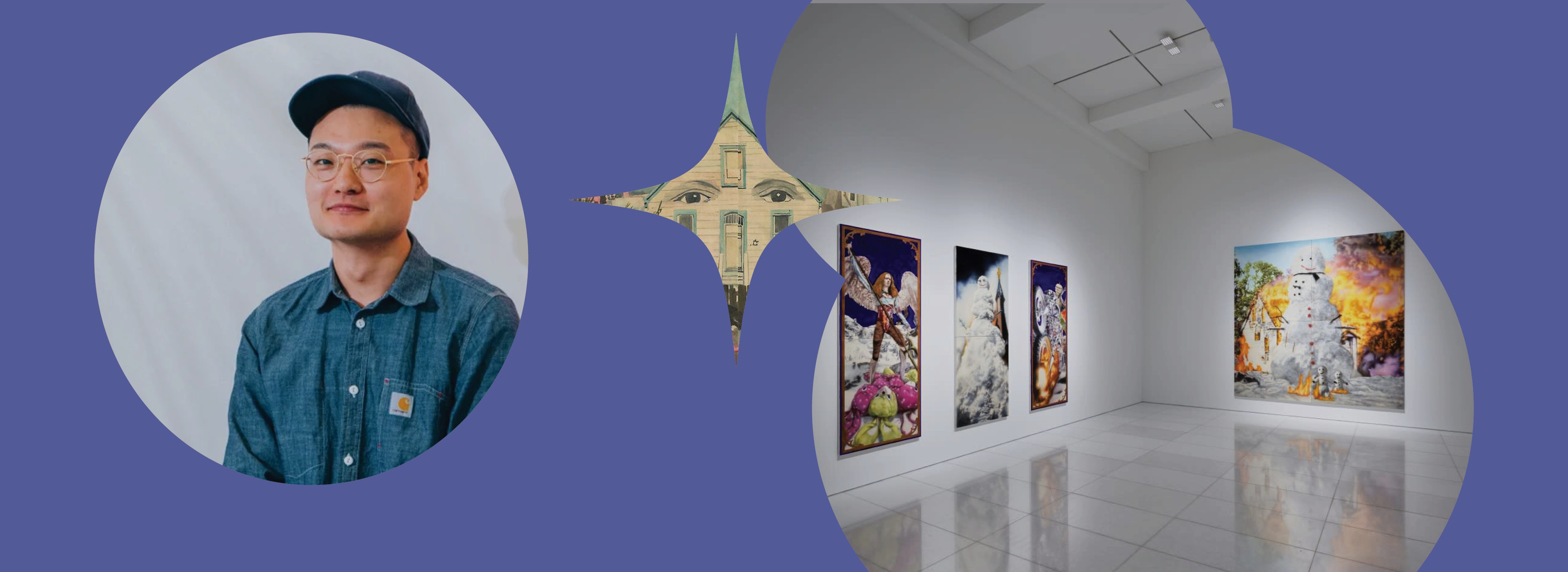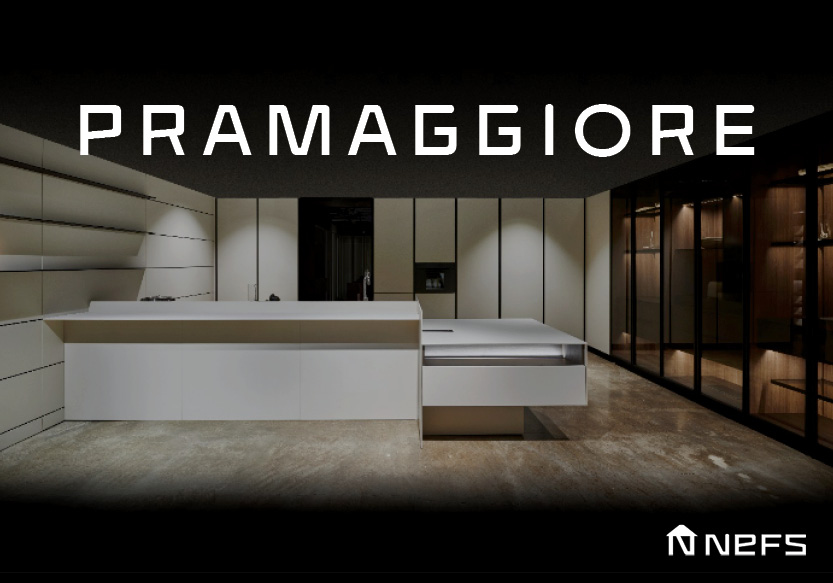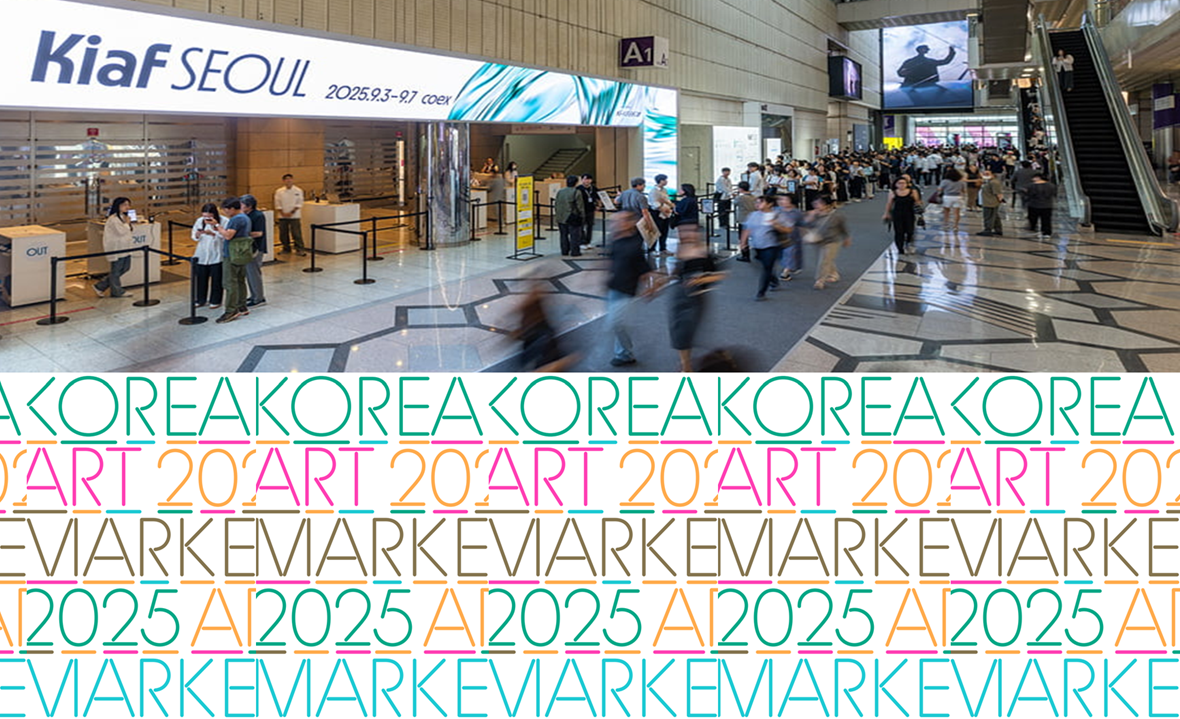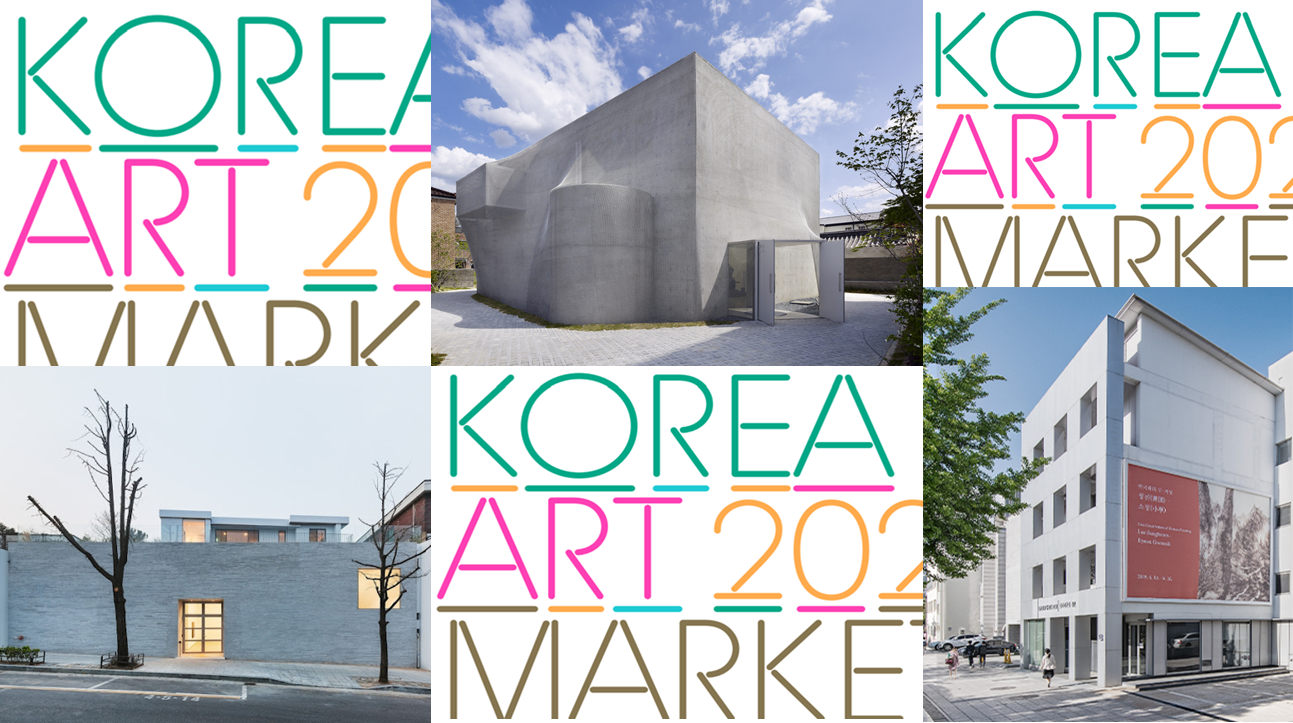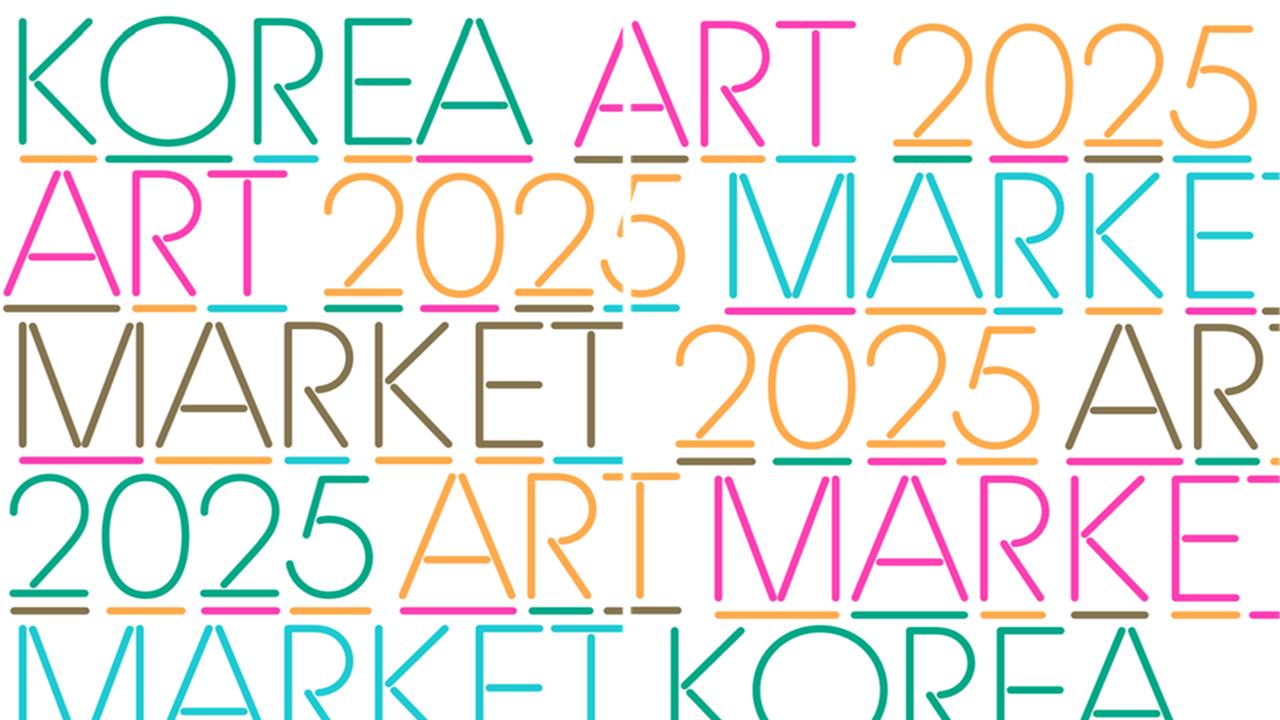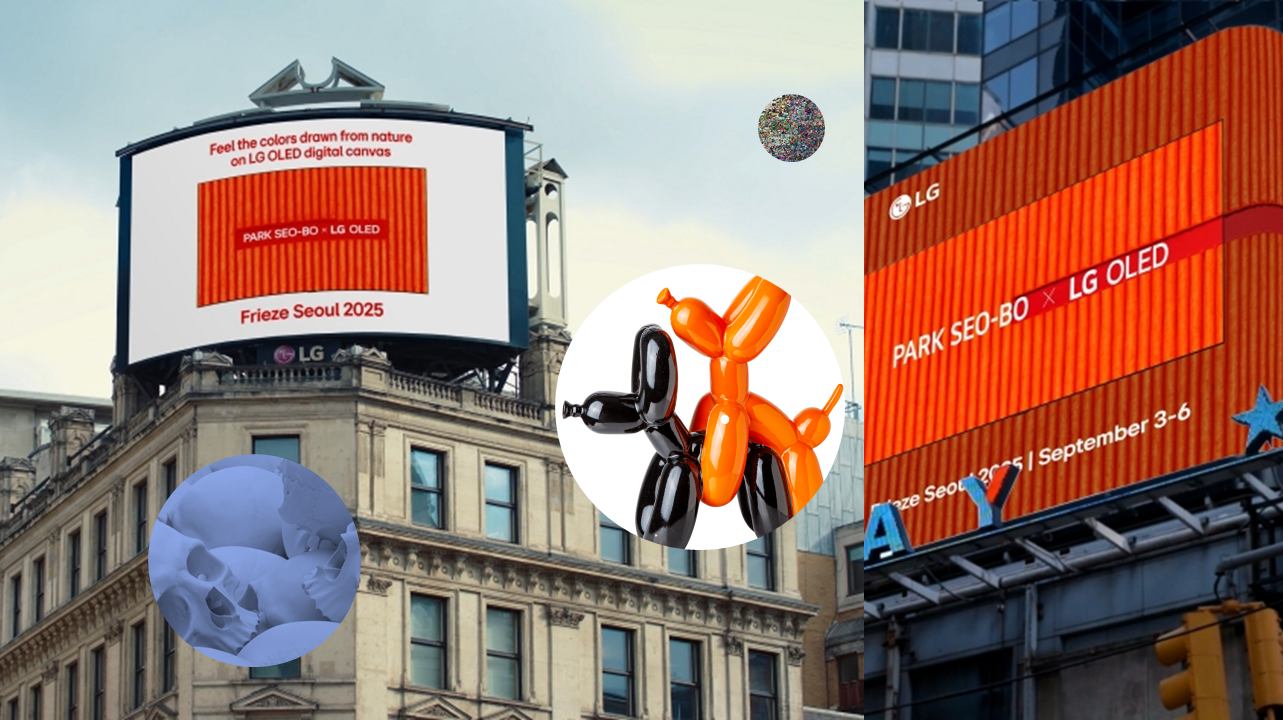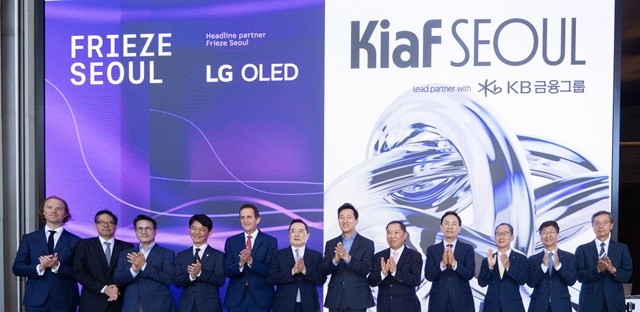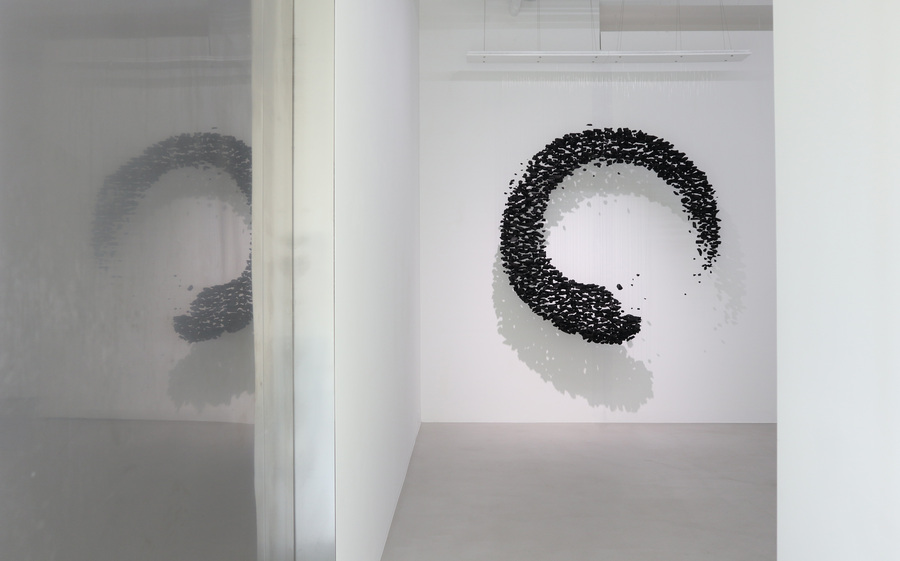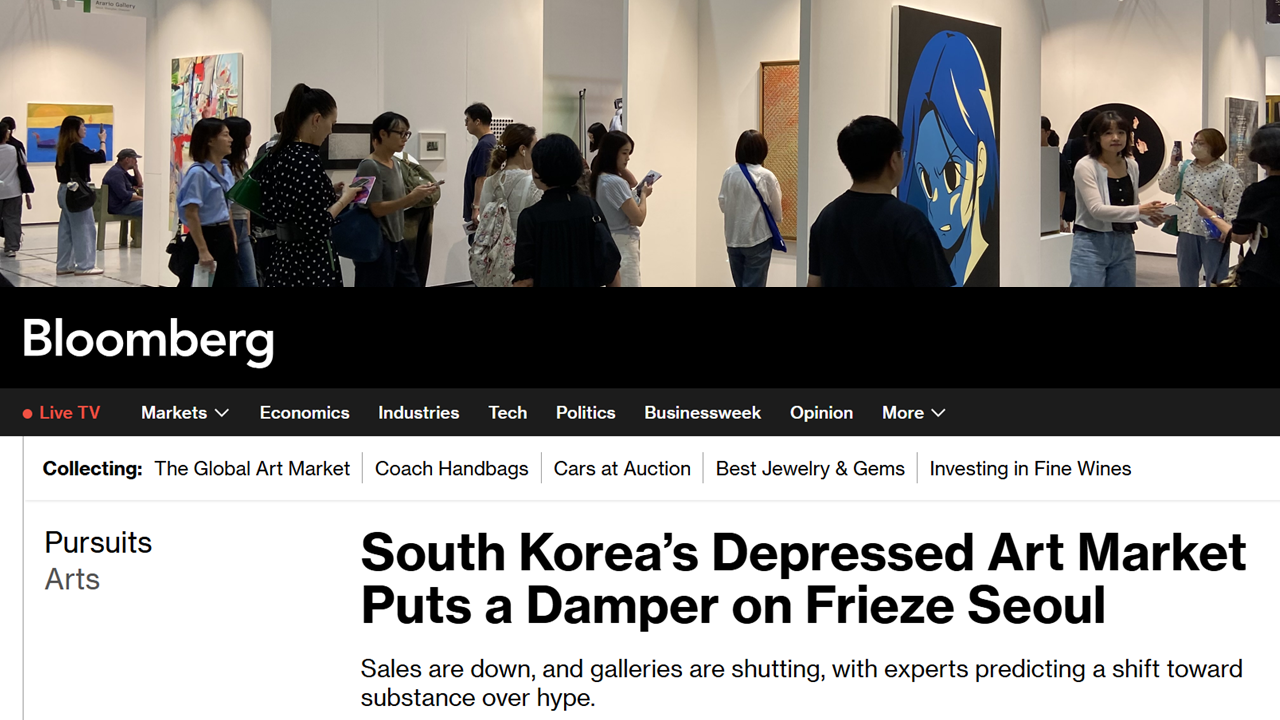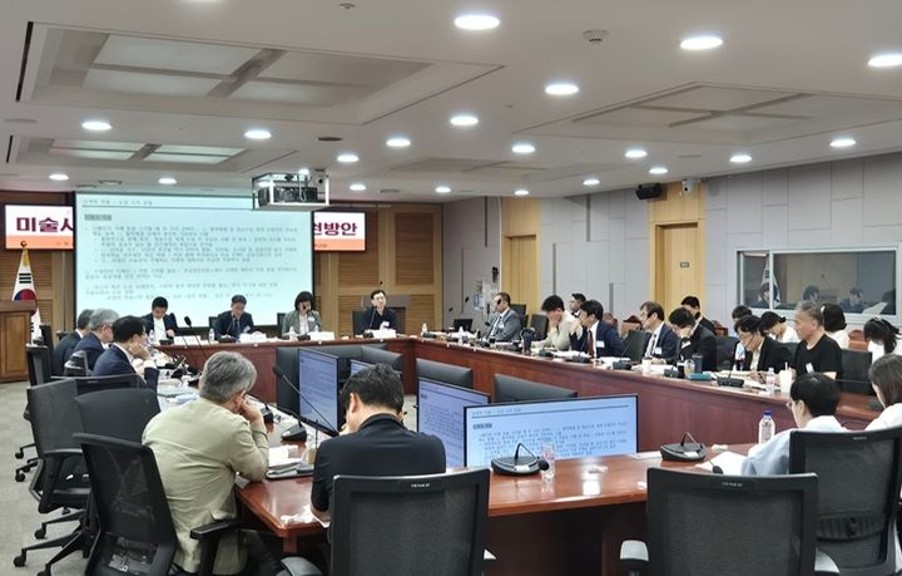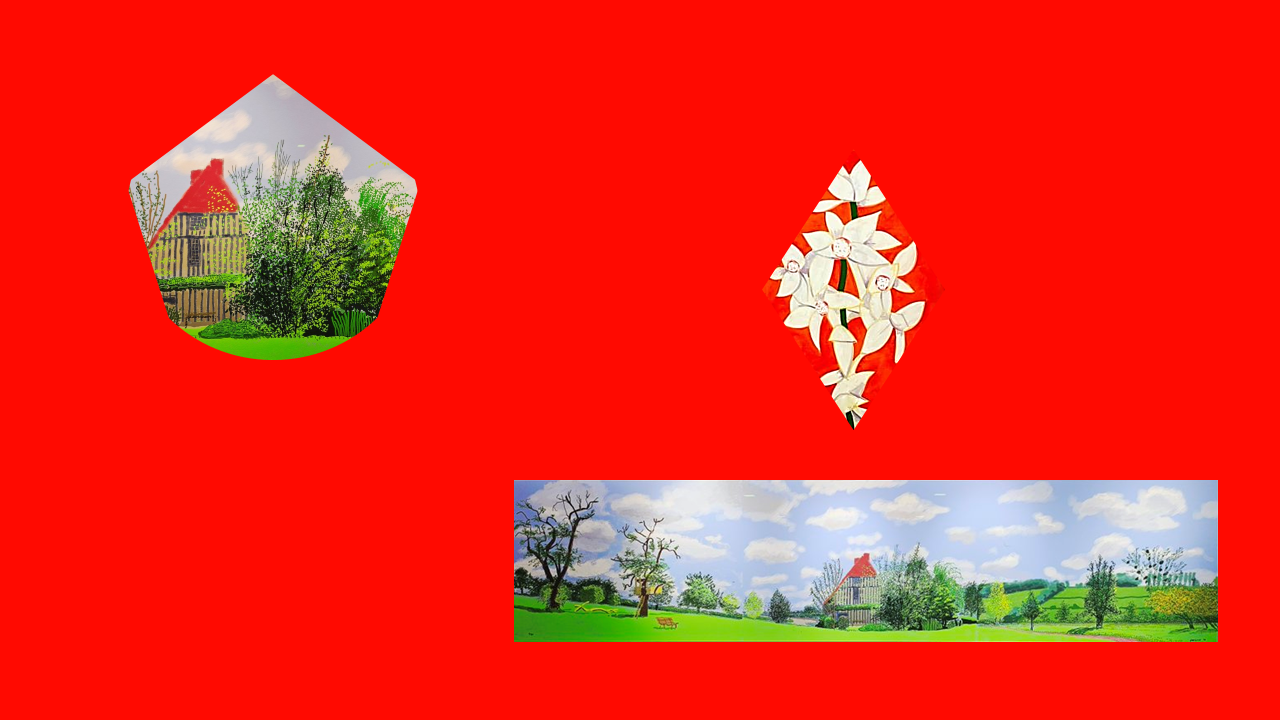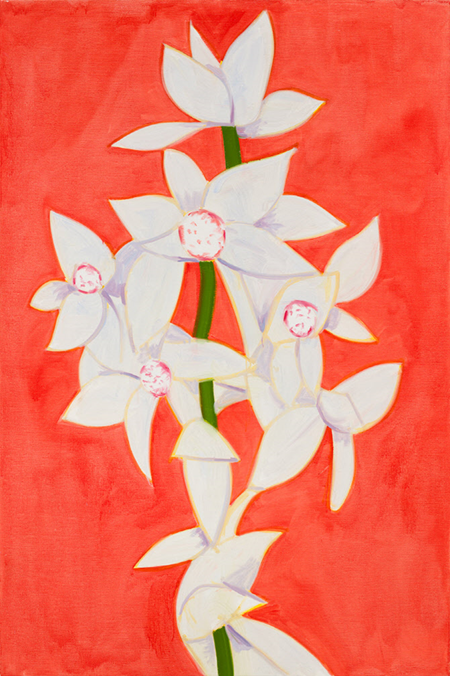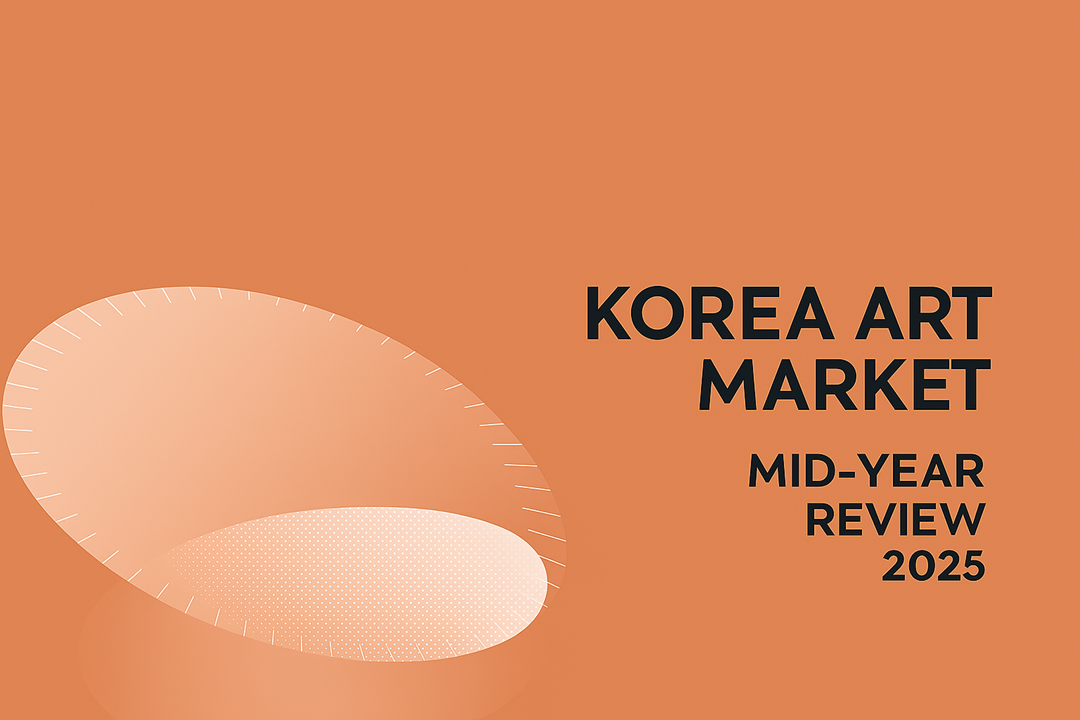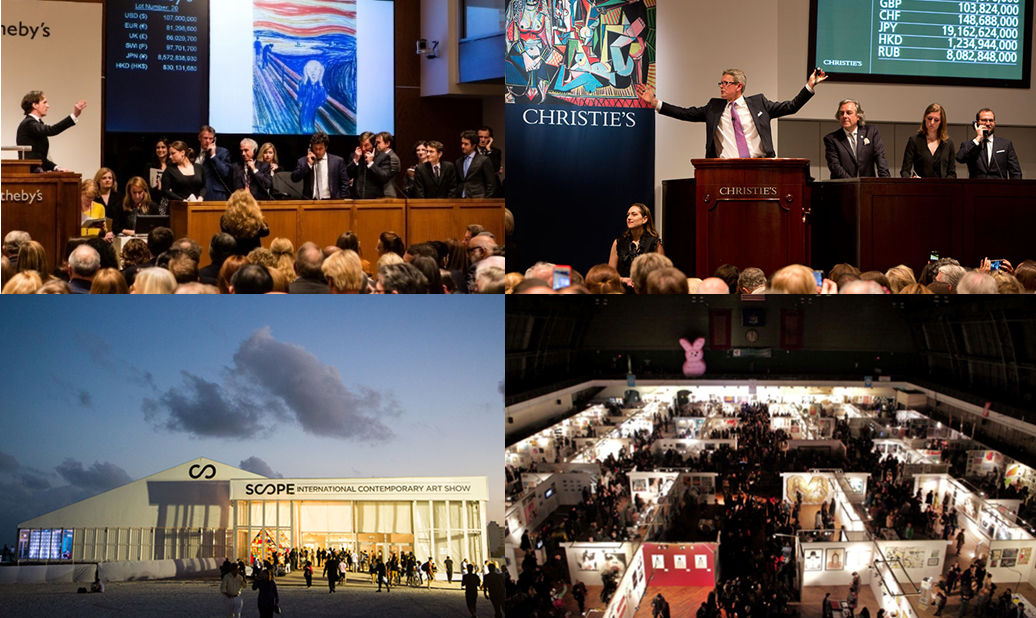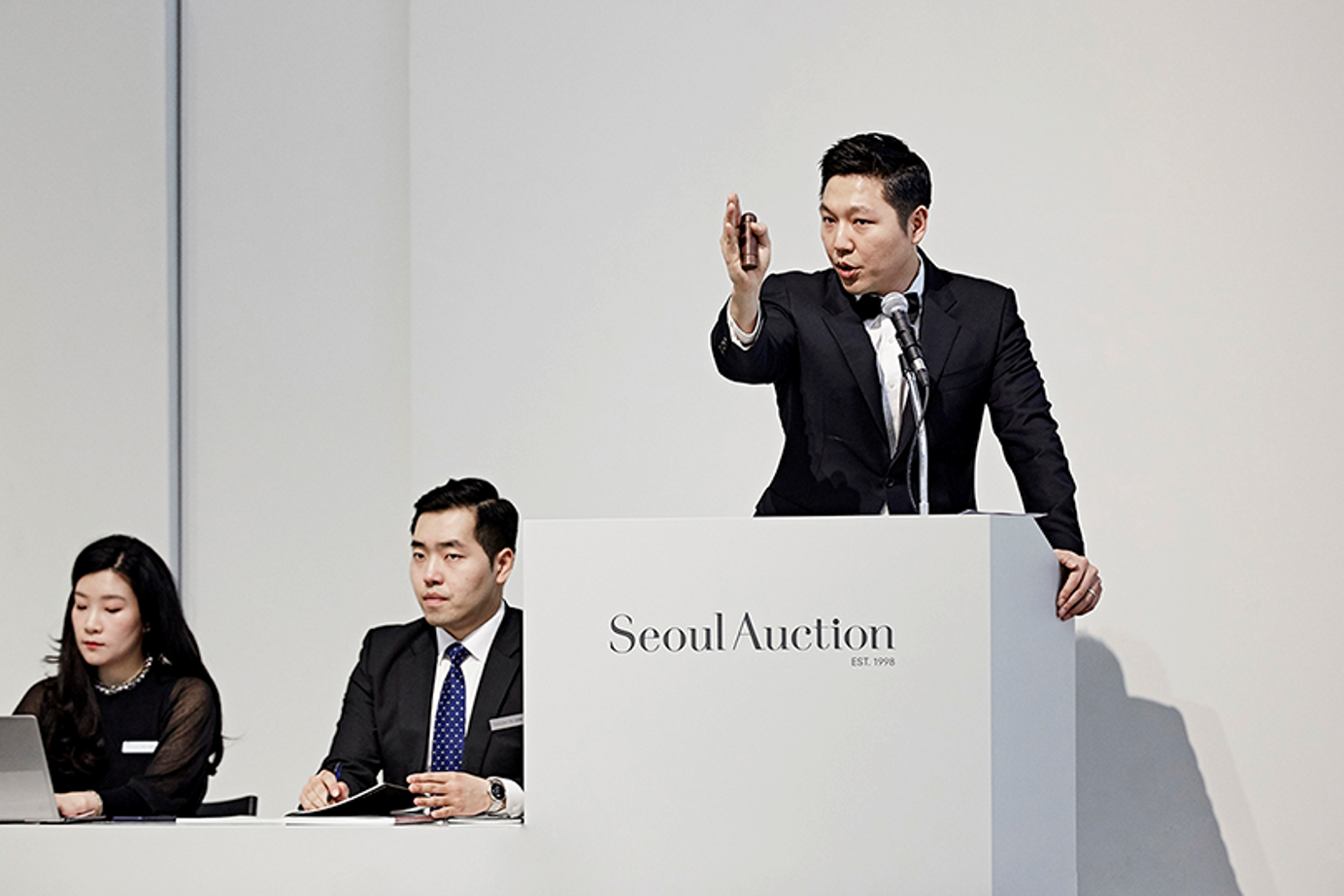
Seoul Auction in session / Photo: Seoul Auction
The fourth chapter of 《Korea Art Market 2025》 examines
structural changes in Korea’s art auction sector. The report characterizes 2025
as “a turning point from auctions centered on simple sales to auctions centered
on discourse and narrative.” While total sales volume has slowed, the high-end
market is giving way to the mid-tier range, and significant qualitative changes
are emerging in bidder profiles and artwork supply channels.
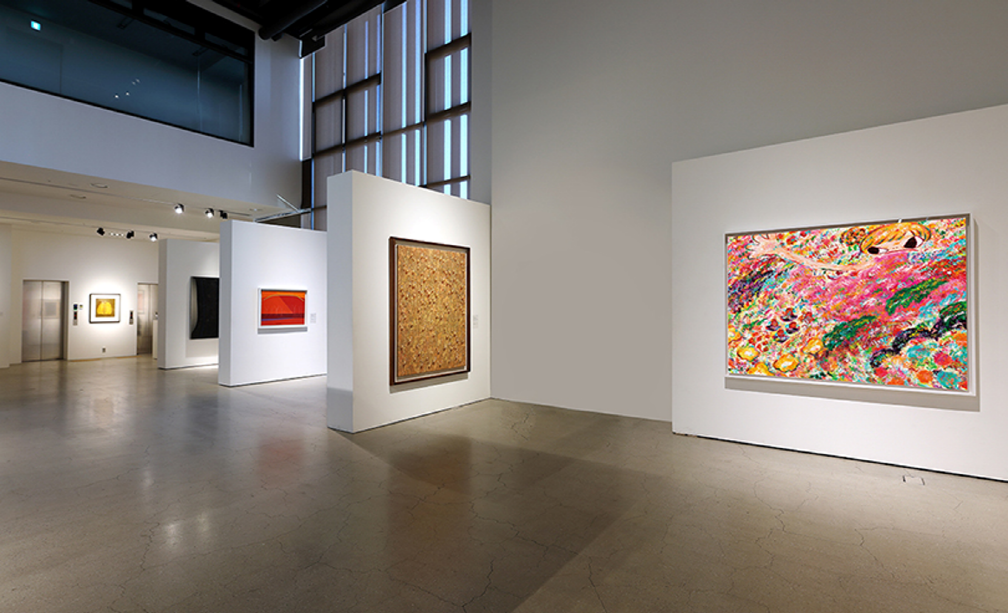
Seoul Auction Preview Exhibition / Photo: Seoul Auction
Scale Remains Uncertain, but Structural
Reconfiguration Accelerates
According to the report, Korea’s major auction
houses recorded a year-on-year decline in total sales, yet signs of recovery
and structural realignment appeared simultaneously. Total auction sales reached
approximately KRW 46.1 billion in the second half of 2024, rising to about KRW
56.4 billion in the first half of 2025—an increase of 22%.
Meanwhile, the share of ultra-high-value works
(over KRW 1 billion) declined, while sales of mid-range works priced between
KRW 100 million and 500 million increased. Rather than signaling market
contraction, this shift is interpreted as a restructuring process—a
movement away from speculative buying and toward more stable, long-term
collecting. The report views this trend as evidence that speculative high-end
demand is receding and a more sustainable collector base is expanding.
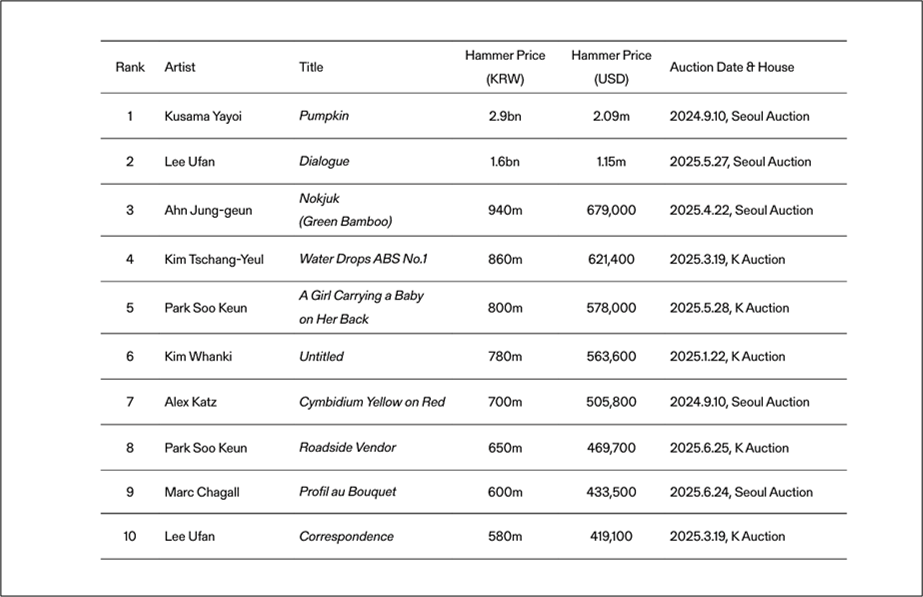
Top 10 Auction Results in Korea, Second Half of 2024–First Half of 2025
Auctions Evolve from Sites of Sale to Sites
of Narrative
Another shift highlighted by the report is the
changing intention of auction participants. Many respondents now regard
auctions not simply as venues to purchase high-priced works, but as
opportunities to explore artwork narratives, evaluate artistic value, and
connect with collections.
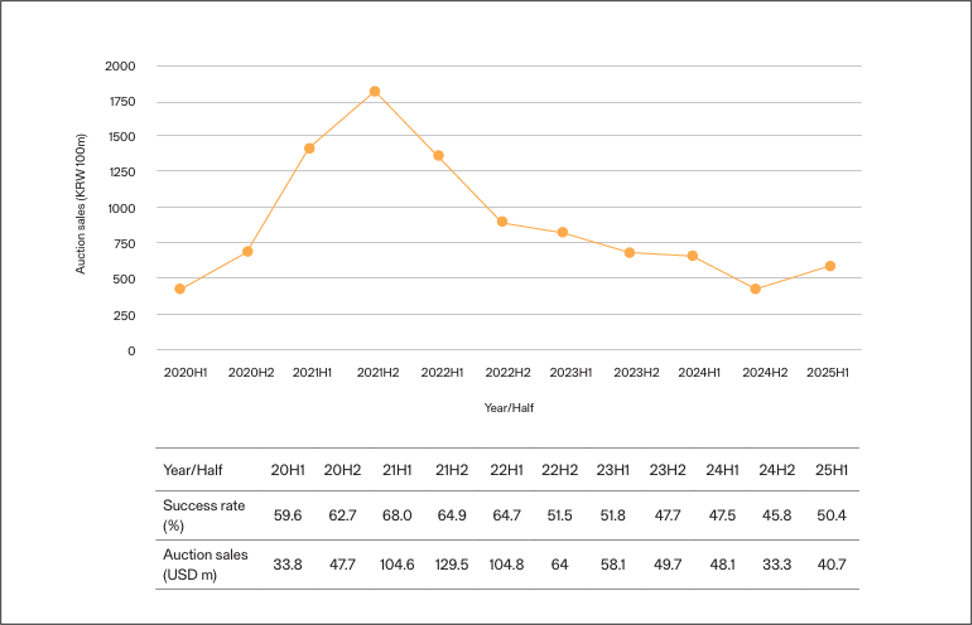
Auction Success Rates and Total Sales by Half-Year (Unit: %, USD m
1 USD = 1,384 KRW, exchange rate as of 26 July 2025 https://wise.com/
Participation by Millennial and Gen Z collectors
continues to rise. These collectors place greater emphasis on artist talks,
collection context, and event-based experiences prior to purchase decisions.
The question is no longer “Who bought it?” but “What is the work?” This shift
has transformed auctions into storytelling platforms
that contextualize an artist’s career and the internal logic of a work, rather
than merely sites of price competition. The report concludes: “Auctions are no longer arenas of transaction
but hubs of value and relational networks.”

Moment of winning bid for Yoo Young-kuk’s work, 2019 / Photo: K Auction
The report summarizes these transformations into
three major structural changes:
1. Reconfiguration of Price Bands
The portion of ultra-high-priced works has diminished, while mid-tier works
(KRW 100 million–500 million) now occupy a larger share. This shift reflects a
retreat from speculative buying and a growing emphasis on long-term collection
building.
2. Changes in Bidder and Collector
Demographics
Participation by MZ-generation and experience-oriented collectors is rising.
These groups prioritize engagement over acquisition; narrative exploration,
event participation, and shareable moments at the auction site increasingly
influence their collecting decisions.
3. Diversification of KPI Metrics
Instead of assessing performance solely through total sales volume, new KPIs—such
as bidding participation rates, re-bidding rates, social media mentions, and
post-auction event participation—are becoming crucial. The auction sector is
entering an era where experience and relationship-building matter
as much as short-term financial results.
Tasks for a Sustainable Auction Ecosystem
The report proposes three key tasks for ensuring
long-term sustainability in Korea’s auction market.
1. Enhancing market access for emerging and
mid-career artists and small-to-mid-sized auction houses
A market overly concentrated in high-value works risks shrinking diversity
among artists and auction operators. The report calls for greater support—such
as subsidized participation fees, dedicated mid-tier sections, and stronger
representation of emerging artists.
2. Strengthening linkages with urban and
global cultural infrastructures
Auctions must evolve from one-off events into platforms integrated with urban
cultural and tourism ecosystems. This requires expanded models such as
collector lounges, exhibition-linked programming, residencies, and partnerships
with local cultural institutions.
3. Establishing data-driven systems and
transparency
To compete internationally, Korea’s auction sector needs systematic
accumulation and disclosure of bidding and sale data. The report emphasizes
reducing dependence on foreign platforms and building a domestic data
infrastructure—essential for safeguarding the autonomy and long-term
competitiveness of Korea’s art market.
Conclusion
《Korea Art Market 2025》 concludes: “In 2025, auctions have evolved beyond simple
marketplaces where artworks change hands; they have become discursive spaces
where artists, collectors, and the market form relationships.”
As cities shift from commerce-driven to
experience-driven environments, audiences move from consumers to participants.
Auctions, too, are transitioning from the “language of transaction” to the “language
of relation.” To build a sustainable ecosystem, the auction sector must
continue expanding into a platform where art, industry, and urban culture
intersect.



